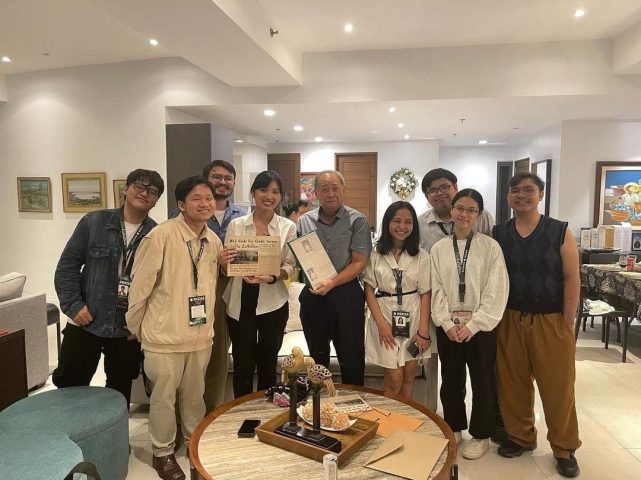Do you even have the time to read our newspaper? It’s true that technology has changed the way people consume news, with people increasingly relying on the less-than-280-characters news bites on social media as their primary source of information. These are hard-to-swallow truths that journalists must come to terms with today.
Gone are the days when people were willing to read lengthy blocks of text from start to finish. For the sake of brevity, information is watered down to its essential parts to be easily digestible, quick, and understandable through a simple scroll, in the hope that people would hopefully read it. It’s not surprising that the majority of our audience leans toward our concise news more than the articles on our website.
So what’s the point of our publication? Why do we continue to circulate broadsheets in the first place?

At the beginning of the year, our editorial board was set to make this year’s anniversary one of a kind by relaunching The LaSallian‘s very first issue from October 1960, which was pivotal to establishing our bastion of journalistic excellence. Yet finding this relic was easier said than done as the broadsheet in the University archives only managed to store three out of eight of its pages.
Hence a perilous treasure hunt ensued, from sifting through hundreds of websites, searching old records, to contacting former editorial boards. In a stroke of luck, we were able to find the issue at the hands of our very first editor-in-chief Polo Pantaleon. We were even able to meet him and his lovely family for a cordial turnover of the first issue, sharing historically old tales of his time as editor, and how the publication came to be.

The broadsheet is a time capsule: from reporting on the formation of the De La Salle Dramatics Guild, cleanup of the DLSU image for the Catholic Educational Association of the Philippines accreditation, to opinions on divisive stereotypes on students based on their program, they started their legacy of Lasallian reportage through the mundane but intriguing historical backdrops of their time.
Who would’ve thought that after all these years the prime of our University laid out through carefully woven words and monochromatic photographs have persevered the test of time? Without a broadsheet, the significant symbol of what a publication stands for, the only history of our tale as Lasallians will forever be buried deep until it’s forgotten.
Truly, The LaSallian is a fitting moniker for the publication. Throughout the length of time, we never stopped chronicling Lasallian stories. And for 63 years, it has only evolved into an instrument capable of preserving what is happening now, before, and beyond inside the four corners of our University.
We continue to spotlight the creative courage of Lasallians in championing the voice of condemnation toward injustices; we continue to probe into the lack of accountability, transparency, and attention; and we ultimately fortify the frontlines of freedom of speech and expression to the fullest detail—down to the last dot.
You can’t rely in this day and age on the way social media is supposedly documenting our history, especially amid the vulnerability of words to be manipulated to its distortive means. In this sense, newspapers are our last line of defense as an extension to the truth, and rest assured that these are all for you to read at your convenience.
If we are to presume that the tidbits of information in social media are already enough to provide you a complete understanding of reality, that is just a blatant insult to the truth. In every word and sentence intricately embedded in our newspapers, articles are written with comprehensiveness—a paramount supplement to the truth, a simple element that a news bite can’t have.
So you can leave a newspaper secluded and oxidized in your coffee tables. You read it now, later, the next day, a month later, or whenever you have the time. But our words will always be there, and you can’t stop us from writing articles in 700-plus words.
